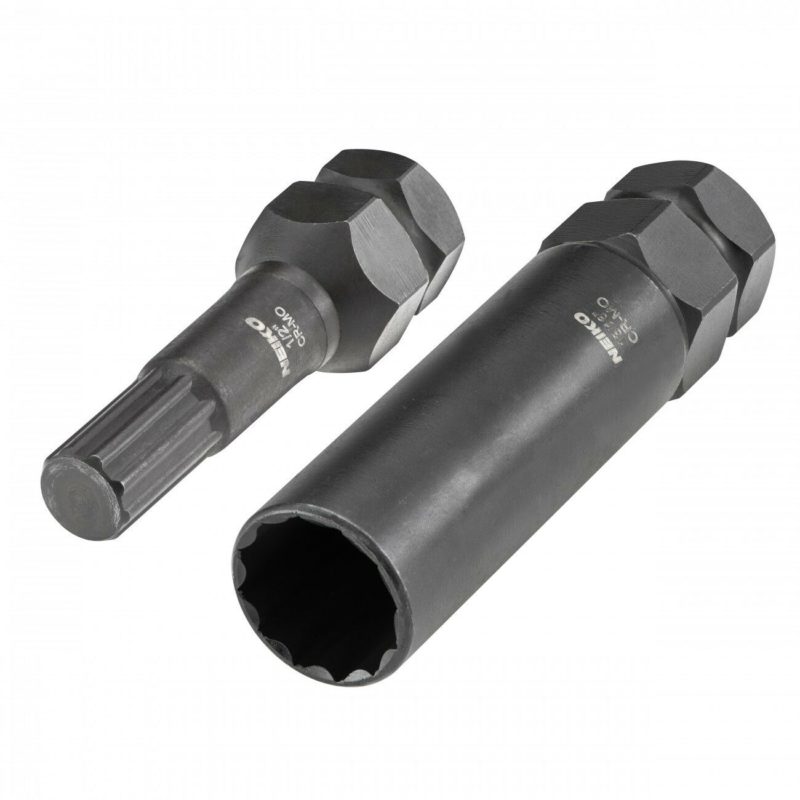4.5 out of 5 stars 684 ratings
Temporarily out of stock.
We are working hard to be back in stock as soon as possible.
| Brand | Neiko |
| Material | Chrome Vanadium Steel |
| Item Dimensions LxWxH | 11.42 x 7.87 x 1.89 inches |
| Item Weight | 6.16 Pounds |
| Item Package Quantity | 1 |
This fits your .

See more product details
Shop products from small business brands sold in Amazon’s store. Discover more about the small businesses partnering with Amazon and Amazon’s commitment to empowering them.
Learn more
Small Business
This product is from a small business brand. Support small. Learn more
Easy to remove
4.5 4.5
Durability
4.3 4.3
Value for money
4.3 4.3
See all reviews
Note: Products with electrical plugs are designed for use in the US. Outlets and voltage differ internationally and this product may require an adapter or converter for use in your destination. Please check compatibility before purchasing.
Wheel locks, also sometimes called tire locks, rim locks, or anti-theft lug nuts, are designed to deter thieves from stealing your eye-catching alloy wheels. Unlike regular lug nuts, which share a typical hexagonal shape, wheel locks are manufactured with a unique pattern on the head that requires a special socket, or “key,” to remove. (In actuality, there are a limited number of patterns used by manufacturers, so chances are, your wheel lock and key aren’t totally unique to your vehicle.)
Unlike regular lug nuts, which share a typical hexagonal shape, wheel locks are manufactured with a unique pattern on the head that requires a special socket, or “key,” to remove. (In actuality, there are a limited number of patterns used by manufacturers, so chances are, your wheel lock and key aren’t totally unique to your vehicle.)
A set of wheel locks includes four nuts, one for each wheel, and a single matching socket key. The idea is that even if a would-be tire thief manages to remove all of the other lug nuts from your wheel, the locking nut won’t budge. Rather than taking the time to force it off, and risk getting caught in the process, a smart thief will simply move on to another vehicle--or better yet, find a new vocation.
Many newer vehicles now come with wheel locks as a standard feature. However, some car owners also choose to buy them after market when purchasing a new set of wheels or installing custom rims.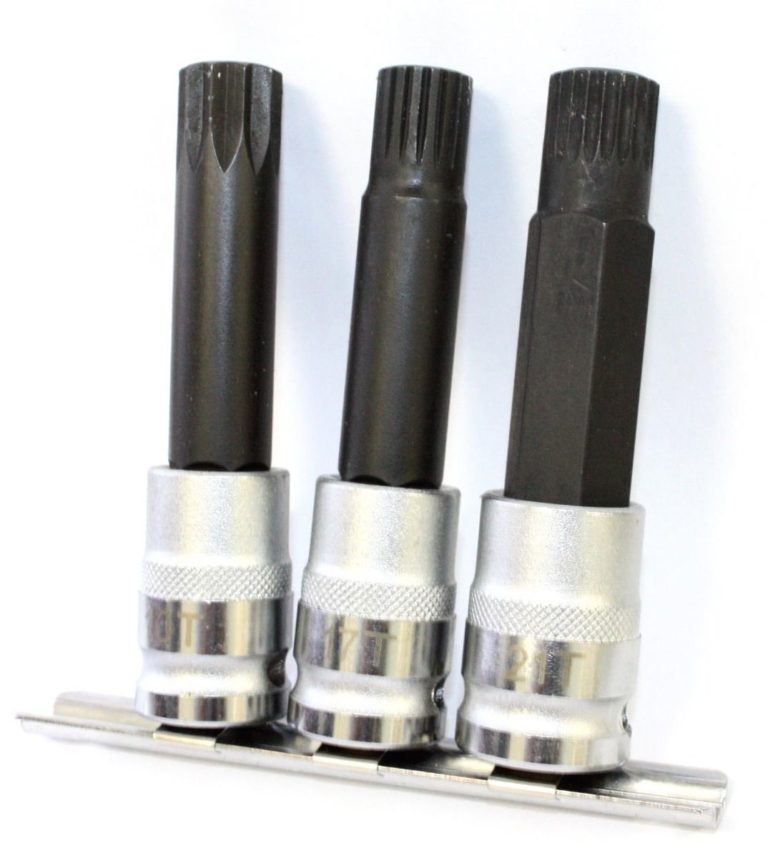 You can usually spot an anti-theft lug nut by its singular appearance compared to the rest of the nuts (or bolts) holding your tire on. In some instances, though, a wheel lock will be masked by a removable plastic cover to give it a uniform appearance.
You can usually spot an anti-theft lug nut by its singular appearance compared to the rest of the nuts (or bolts) holding your tire on. In some instances, though, a wheel lock will be masked by a removable plastic cover to give it a uniform appearance.
Because most wheel lock keys are designed to fit the socket end of a standard tire iron (the L- or X-shaped socket wrench used to loosen and tighten lug nuts on a wheel), removing a wheel lock is pretty much the same as removing a standard lug nut. Tire irons, also called lug wrenches, come with a socketed end (or ends, in the case of a cross-shaped tire iron) designed to grip the head of a fastener as you rotate to loosen the nut. To remove the anti-theft lug nut from each tire, a mechanic will simply change out the usual socket head for the patterned one that corresponds with your set of wheel locks.
It’s worth noting that anti-theft lug nuts are intentionally designed to be difficult to remove without the corresponding key.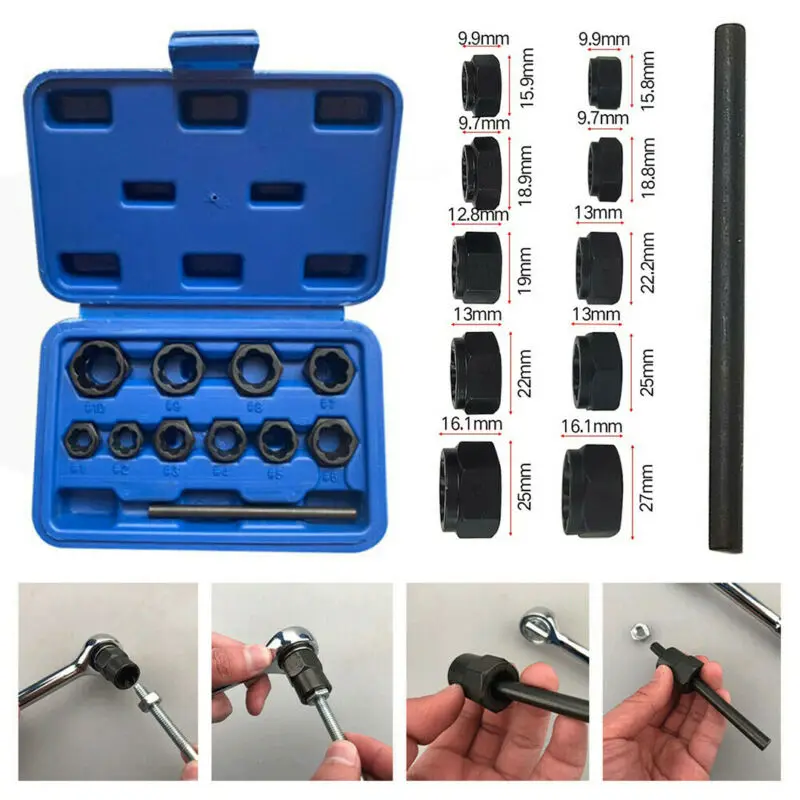 While many mechanics can work around a lost wheel lock key using a standard socket and hammering it in against the wheel lock, the nut can still be difficult to budge without damaging the socket or the wheel itself. Therefore, be sure to have your key on hand for any car maintenance - including brake pad replacement and tire rotations - that requires a technician to remove the wheel. Otherwise, they might recommend delaying the work until you can order a replacement key.
While many mechanics can work around a lost wheel lock key using a standard socket and hammering it in against the wheel lock, the nut can still be difficult to budge without damaging the socket or the wheel itself. Therefore, be sure to have your key on hand for any car maintenance - including brake pad replacement and tire rotations - that requires a technician to remove the wheel. Otherwise, they might recommend delaying the work until you can order a replacement key.
>>Tip:Have your wheel lock key handy whenever engaging the help of a technician for repairs and maintenance requiring wheel removal. Otherwise, you might need to delay repairs until you can order a replacement key (or risk damaging the wheel if you try to force it off with an ill-fitting socket).
If you’ve never used your wheel lock key, it’s likely to be hanging out where the manufacturer originally stored it. Try checking the following common places:
If you have used your lock key since purchasing your vehicle, try checking in the usual places, such as cup holders, door compartments, center arm rest, seat-back pockets, etc.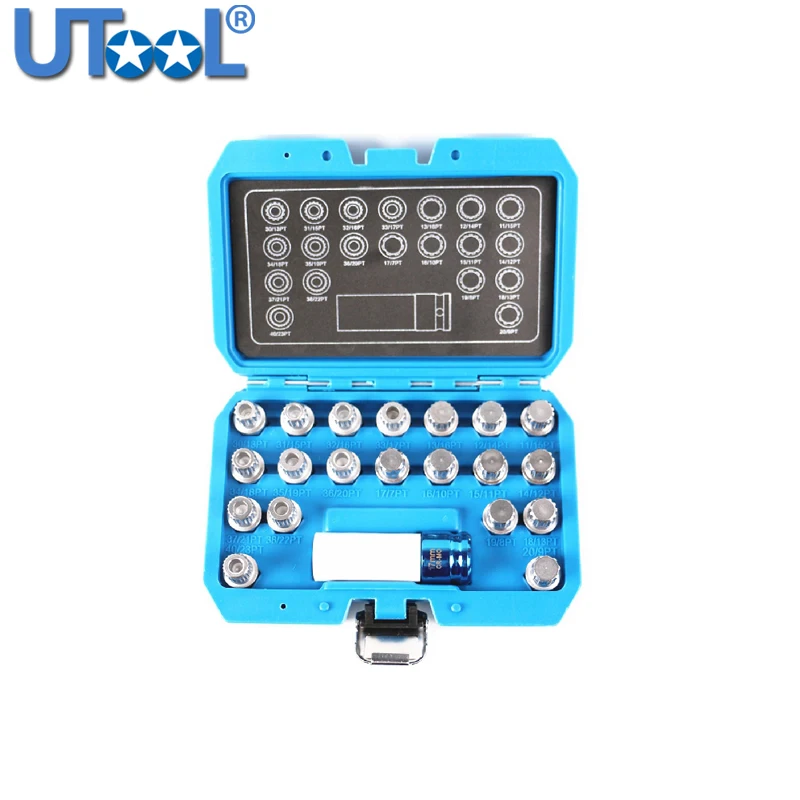
Still can’t find your wheel lock key? You may need to order a new one from the dealer or manufacturer. To do this, you will need the code that corresponds with your particular key. Generally, you can expect to pay between $20 and $120 per set.
If your wheel locks came with the vehicle, you can usually find the key code in the owner’s manual. You may also be able to bring your car to the dealer and have them remove the locks with a master key set.
If you purchased your wheel locks separately, you should be able to find the key code in the box or bag your set came in. If you know the brand, make, or model of your wheel lock, you’ll likely be able to find and order a replacement key online. Otherwise, you may need to have your wheel lock removed by a trusted mechanic. Just be sure to call ahead to see if they are able to help you out!
| Questions about brake service? We're here to help. NuBrakes offers quality, affordable brake repair, completed at your home or office by our ASE-certified technicians.
Get a free, no-obligation quote on mobile brake repair near you>> |
I hope you have already read about the different types of bike locks. And maybe you have an idea which castle would suit you better. But it's not always the case. You also need to know how to fasten your bike properly and how to lock your bike properly! No matter how you use your lock, if you don't use it correctly, your bike will be stolen.
Moreover, it is worth thinking about how you are going to store and how to properly park the bike. This can help you choose the right lock. There are various ways to secure your bike and there are many methods for different locks.
This can help you choose the right lock. There are various ways to secure your bike and there are many methods for different locks.
You also need to mention where you secure your bike, because this is also very important. There are 3 main places: on the street, at home, and possibly at work.
While over 50% of stolen bikes are stolen from home, your bike is at great risk of being left on the street. A badly fastened bike will disappear very quickly. It is worth carefully considering the place where you fasten your bike. Even if you have to walk a good distance down the street to get the right spot and be able to properly attach the bike, it's best to do just that.
When planning to leave a bike on the street, it is always worth assessing the surroundings and understanding how likely the bike is to be stolen in a particular area. However, there are some generally accepted ways that we can follow.
Always try to choose a place with a lot of people walking by, and ideally a place with an overview of CCTV systems.If you see that the area is not safe, avoid it. Or, if you can't avoid dangerous terrain, use an extra lock.
Choose a place where many other bikes are already parked and you will immediately understand how to hook the bike to the frame in the parking lot. The best way to do this is in the middle of the parking lot, not around the edges. This method is advantageous for three reasons. Firstly, there will definitely be a bike worse fastened, and therefore more tempting for a thief, than your well-locked bike. Second, having many bikes in one place will give the thief less room to maneuver and prevent him from using his tools effectively. And thirdly, in most cases, ordinary passers-by will not pay attention to the actions of the thief during the theft, and are more likely to pass by. In places where many bicycles are fastened at once, the concentration of caring cyclists is very high. Therefore, this will give the hijacker additional doubts.
Public bike parking A bicycle will only be safe if the object to which it is fastened is also secure.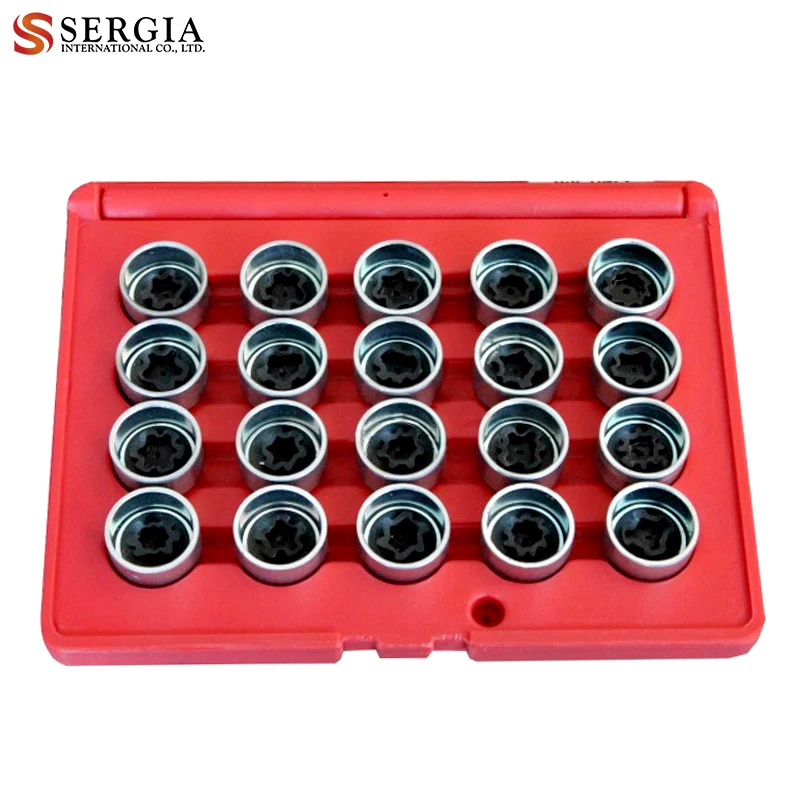 So make sure you can choose a fixed, immovable object that is hard to break. Make sure the bike cannot be lifted over the top of the object you are strapping it to. Or that this object cannot be easily unscrewed or disassembled. Avoid trees, aluminum structures, or wooden poles. If you choose metal railings, try to fasten the lock on as many beams as possible. The best option for such an object is specially designed bicycle parking, firmly screwed to the ground.
So make sure you can choose a fixed, immovable object that is hard to break. Make sure the bike cannot be lifted over the top of the object you are strapping it to. Or that this object cannot be easily unscrewed or disassembled. Avoid trees, aluminum structures, or wooden poles. If you choose metal railings, try to fasten the lock on as many beams as possible. The best option for such an object is specially designed bicycle parking, firmly screwed to the ground.
There are several ways to secure your bike. Which one to choose depends on several parameters: the price of your bike, the quality of the lock and the parking space. However, there are always certain rules to follow.
Always lock the frame to stationary objects. If you only secure the wheel, the thief will just unscrew it and walk away with your frame. This may seem obvious, but this is the most common mistake.
Try not to let the lock touch the ground or catch the bike's top tube. If your lock is close to the ground, it becomes more vulnerable to bolt cutters, where the ground will provide additional support for the lever. By attaching a lock around the bike's top tube, a thief can use the frame to try and break the lock by lifting and turning the entire bike. Ideally, the lock should secure the down tube or seat tube.
If your lock is close to the ground, it becomes more vulnerable to bolt cutters, where the ground will provide additional support for the lever. By attaching a lock around the bike's top tube, a thief can use the frame to try and break the lock by lifting and turning the entire bike. Ideally, the lock should secure the down tube or seat tube.
Try to make the castle the most inaccessible. Try to position it so that the keyhole looks down. This will make it more difficult for a thief to reach.
If you are using a U-lock, try to fit as many frame tubes as possible with it and capture as much of the parking space as possible. The most common part of the hack is the bolt seat where the bail is inserted. The less space you leave in the bracket, the less chance you have of picking that lock.
Here are four popular ways to block your bike on the street. Which one suits you best will be clear based on the high cost of your bike and your lock.
The safest way to lock your bike with two locks to a parking lot firmly fixed in the ground. The first lock should go around the rear wheel, frame and parking. The second should go around the front wheel, frame and parking. This method fixes all parts of the bike. It is best to use two different types of locks, this will force the thief to use 2 different sets of tools for each lock.
Bicycle locking with two u-locksA good option is to combine a chain lock and a U-lock. If you lock your bike in the same place every day, there is good advice: you can leave a heavy and massive chain fastened in the parking lot, and carry a not very heavy U-lock with you. The disadvantage of this method is that your lock is always available to the thief, and he has the opportunity to practice breaking. So be careful! Try to fasten the chain so that it does not touch the ground.
Bicycle lock with one padlock and chain Another very popular method is to use one good lock and cable.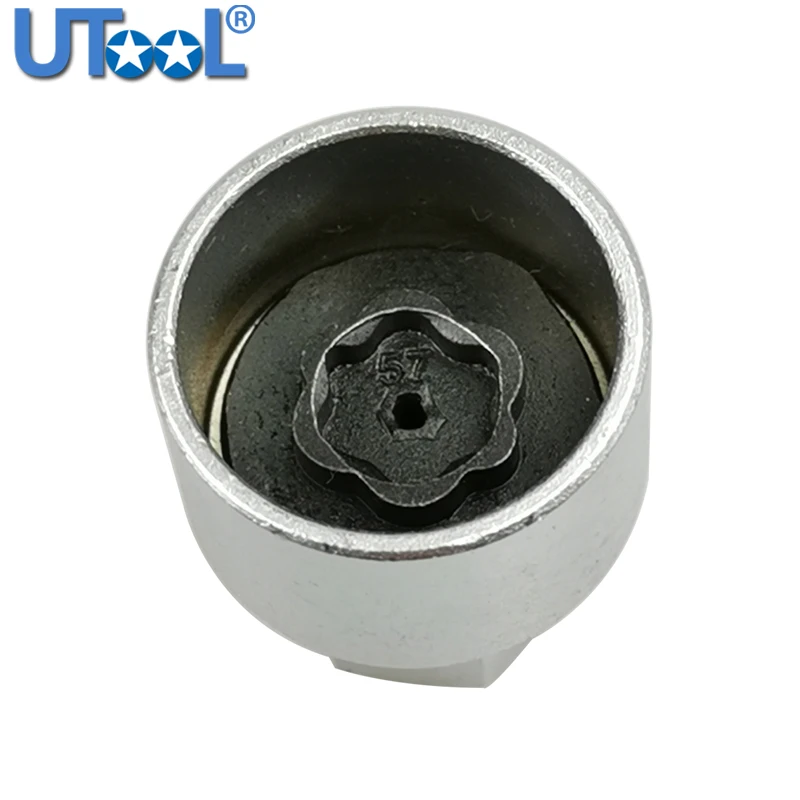 Attach a U-lock or chain around the rear wheel, frame and bike rack as described above. Then pull one end of the cable through the front wheel, passing through the first loop, the second loop and secure with the main lock. The problem with this method is that the cable is the only protection for the front wheel. Since all cables can be cut, they offer virtually zero protection. However, many people think that visual and psychological factors are limiting and cable will suffice.
Attach a U-lock or chain around the rear wheel, frame and bike rack as described above. Then pull one end of the cable through the front wheel, passing through the first loop, the second loop and secure with the main lock. The problem with this method is that the cable is the only protection for the front wheel. Since all cables can be cut, they offer virtually zero protection. However, many people think that visual and psychological factors are limiting and cable will suffice.
Sheldon Brown, a well-known specialist in the bicycle industry, suggests fixing only the rear wheel of the bike to the rack using U-lock, threading it through the rear triangle of the frame. He claims that with this method, you don't have to lock the frame to the bike rack, and the wheel won't come out due to the U-lock.
Sheldon bicycle lock One advantage of this method is that you keep the rear wheel and frame in one easy lock.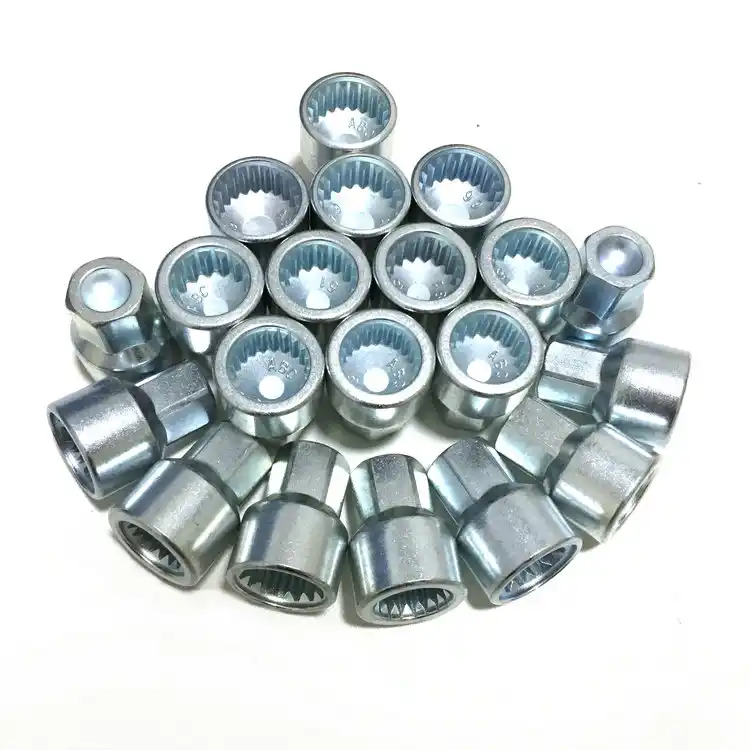 However, this technique will not be safe on expensive bikes. This method from the outside seems unreliable and will attract a potential thief. At the same time, trying to remove the lock, there is a high probability that the thief will damage the bike. This method is suitable for short-term parking or if there is no other way to fasten your bike.
However, this technique will not be safe on expensive bikes. This method from the outside seems unreliable and will attract a potential thief. At the same time, trying to remove the lock, there is a high probability that the thief will damage the bike. This method is suitable for short-term parking or if there is no other way to fasten your bike.
Following these simple rules will keep your bike safe.
You went down to your car in the morning to go to work or on business, and a simple padlock and a piece of paper with a phone number are attached to the wheel, to which scammers offer to transfer money to find out where hidden key or digital code. How to act in such a situation? Can I drive with a lock and how can I safely remove it later?
Steering wheel or doorknob lock is a relatively common (though thankfully not very common) scam that has recently superseded the previously popular license plate theft.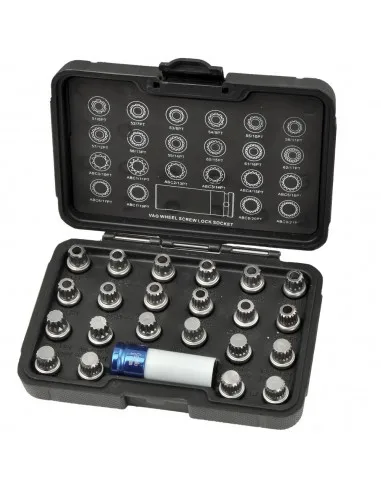 Frankly, this topic is not new - I remember at least a few "incidents" of such fraud over the past few years. But after reading a few articles in automotive online magazines and a few recommendations from crooked bloggers on YouTube and Yandex.Zen, we were shocked by illiterate nonsense like sawing a door lock with an electric saw or breaking it with lever methods, for example, wedging with two wrenches. All this usually results in scratches and dents on the case and rim.
Frankly, this topic is not new - I remember at least a few "incidents" of such fraud over the past few years. But after reading a few articles in automotive online magazines and a few recommendations from crooked bloggers on YouTube and Yandex.Zen, we were shocked by illiterate nonsense like sawing a door lock with an electric saw or breaking it with lever methods, for example, wedging with two wrenches. All this usually results in scratches and dents on the case and rim.
The only reasonable option is to cut off the lock with a grinding wheel. You can do it yourself, in any car repair shop or garage cooperative for a nominal amount. The most important thing is to decide: can you drive with a lock on the wheel, or does the problem need to be solved on the spot?
First of all, is the wheel actually free to spin, or is it blocked by a fixed brake caliper disc and pad? Both options are obvious - it all depends on the type of lock and the shape of the disk and spokes. You can test this by jacking up the car and turning the lock wheel by hand to see if you can make a full turn without the wheel lock pad touching the brake caliper. When checking, the lock should be slightly pulled towards itself, i.e. there is play in the rocker arm covering the spoke:
You can test this by jacking up the car and turning the lock wheel by hand to see if you can make a full turn without the wheel lock pad touching the brake caliper. When checking, the lock should be slightly pulled towards itself, i.e. there is play in the rocker arm covering the spoke:
If the wheel sticks, then, obviously, under no circumstances should you drive! Both the clamp and the rim will be damaged. If not, then driving alone is not prohibited. The fact is that driving with an imbalance caused by a loaded lock is not dangerous at low speeds (up to about 30 km / h) and within a few kilometers to the nearest car service or workshop. At this speed, an imbalance of 200-250 grams is completely invisible and does not cause vibrations of the wheel or steering wheel. And they do not cause any harm to wheel bearings and other vehicle components.
The gap between the lock and the caliper on the car disc If we do not have a tool on site to cut off the “enemy” from the wheel, and we decide to go to a car service or workshop, a loose and loose lock can get to the caliper along with its control lever, damaging it, or at least can quickly make scratches and dents on the spokes of the disk, which, of course, is beautiful and expensive.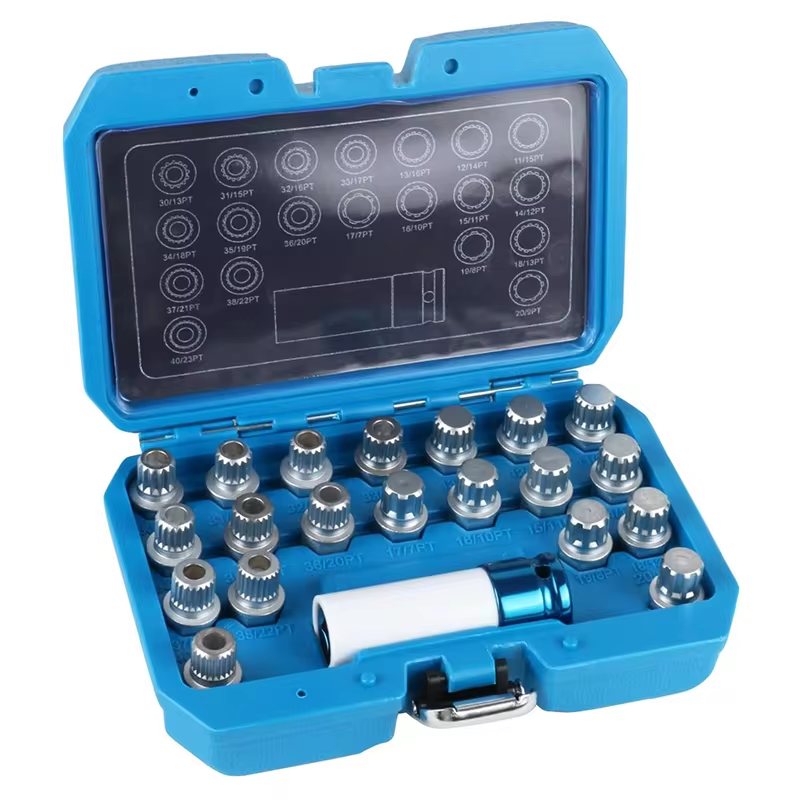 However, this can be avoided by placing protective washers under the lock and tightening it on the wheel. A regular PET bottle cut with a knife or scissors and plastic cable ties or twine will work fine.
However, this can be avoided by placing protective washers under the lock and tightening it on the wheel. A regular PET bottle cut with a knife or scissors and plastic cable ties or twine will work fine.
Put a piece of plastic under the locking lever and wrap it around the spoke, put another piece of plastic around the lock and tighten it to the disc with cable ties or string.
Attach the lock to the wheel Attach the lock to the wheel and drive to the serviceIf you get stuck on the road or at work, you may find that the only way to solve the problem is to go to a car service or garage. However, if you happen to be outside and have a cordless angle grinder in your tool kit, the problem can be solved in minutes: the handle can be easily cut off. This is by far the best, fastest and easiest option!
However, it must be said that the cordless grinder is not yet the most common tool in the everyday life of home craftsmen .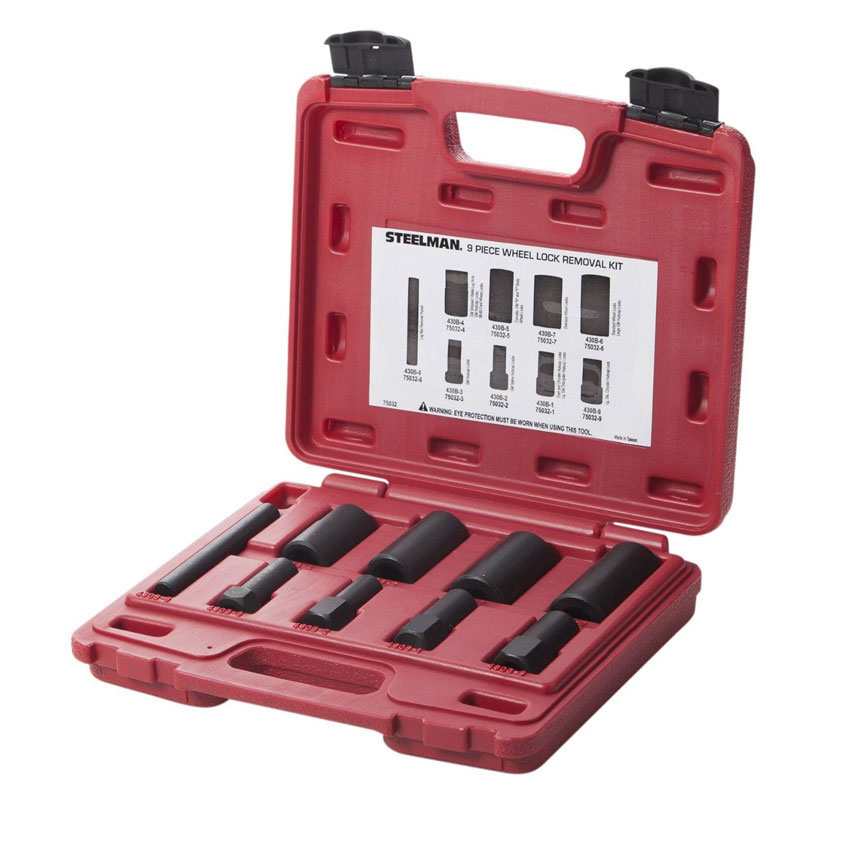 .... Without it, you will have to look for a cordless bolt cutter, which is much more common, collect extension cords around the house and knock on the neighbors on the lower floors to throw wire through their windows.
.... Without it, you will have to look for a cordless bolt cutter, which is much more common, collect extension cords around the house and knock on the neighbors on the lower floors to throw wire through their windows.
Unlike cordless screwdrivers, today there are cordless screwdrivers in almost every home. Some have it and an adapter for rotating screw disks, and those who do not have it can be made from a regular M8 screw, a nut and a few washers. At first glance, everything is simple and clear - hold the “screwdriver” nozzle in the handle to fix the blade of the machine (from Aliexpress or homemade) and saw! However, there are some nuances that you should be aware of.
The grip of a screwdriver in screwdriver mode and a regular full-function screwdriver is completely different. The latter has the correct grip, but the “screwdriver” does not. Sawing with a "screwdriver" held in one hand will always twist the blade, which, combined with the slow rotation of the blade, creates a constant risk of blade breakage.